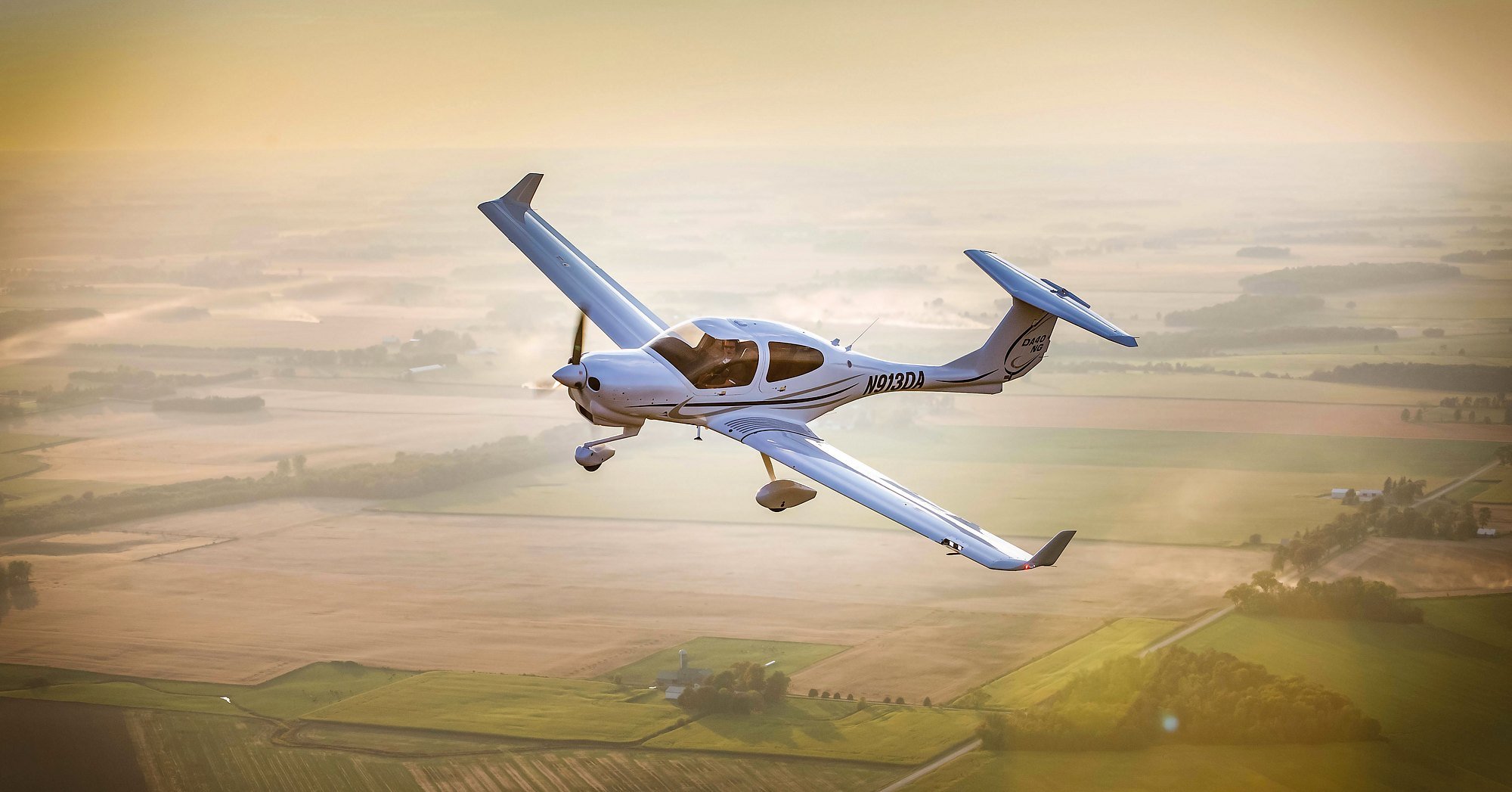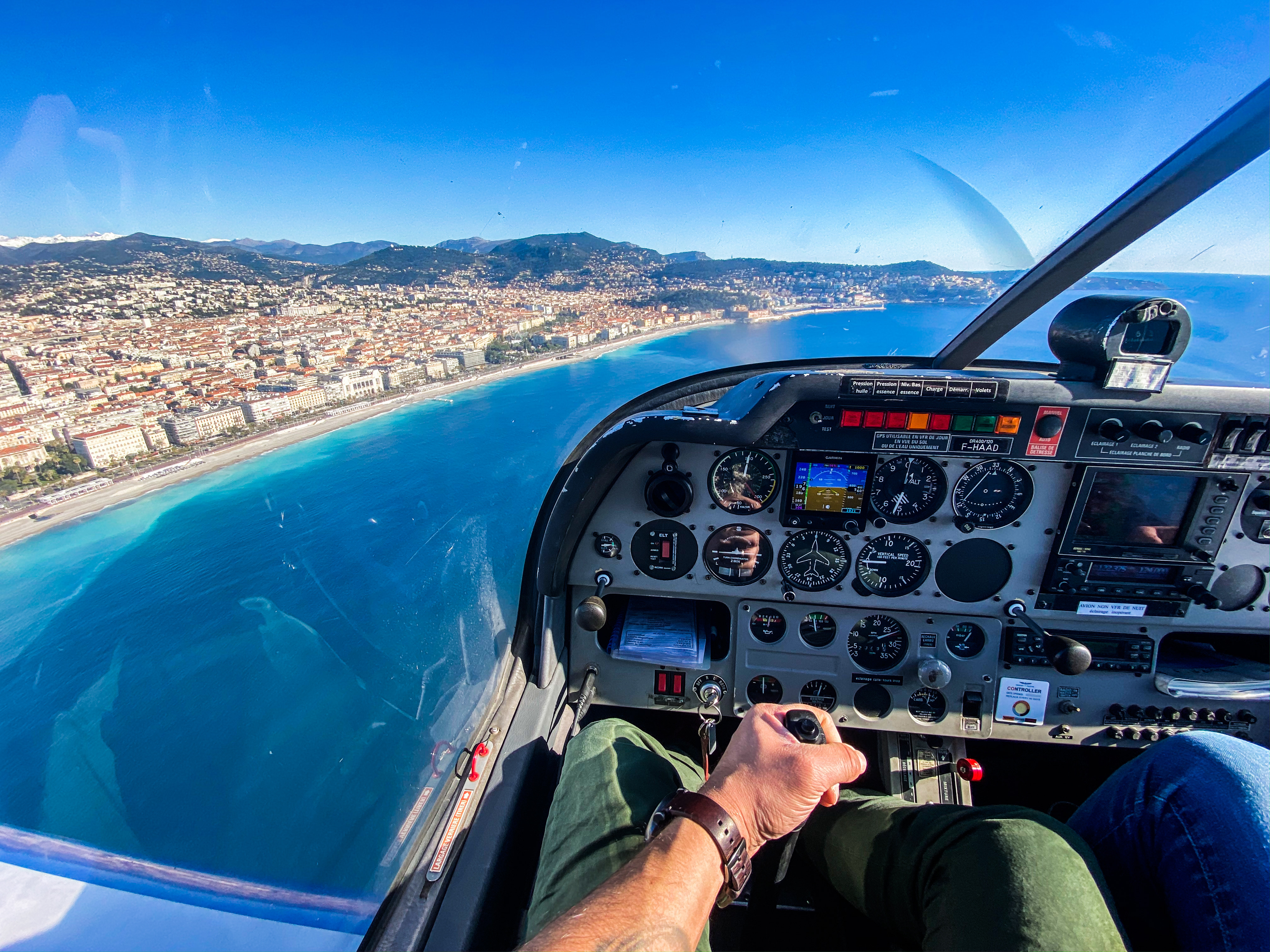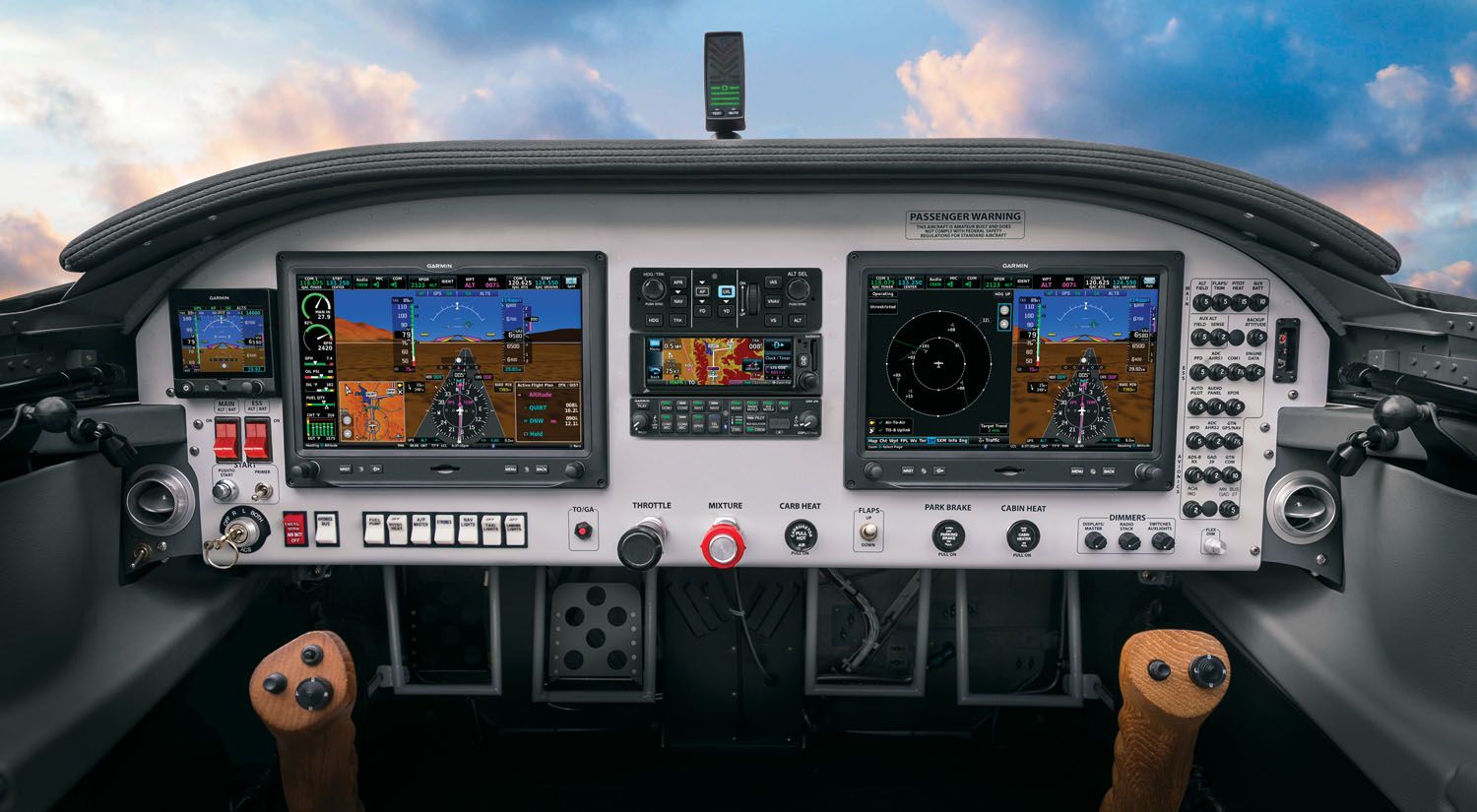Vfr Aircraft - If I have a 10,000-foot runway, I could technically have 3 airplanes on the runway at once, as long as each is a Category 1 and they're all at least 3000 feet apart when they pass the threshold.
The threshold is the big white line marking the start of the runway and some of us call it "the fence." The SR22 called from about five miles northeast. I told him to go right downwind for 36. The PA28 uneventfully made closed traffic and shortly after called the Pilatus in sight.
Vfr Aircraft

"Number 2; follow that traffic. Runway 36, cleared to land." He read it back correctly. Right about that time, he was abeam the numbers and the PC12 was about ½ mile final, and he turned base.
What Are Radar Vectors?
Now from a Tower perspective, this is nothing out of the ordinary. Worst case, "You can always go around!" The accident comes just two days after an FAA airworthiness directive was released affecting thousands of U.S.
aircraft concerning safety with Continental engines. However, based on its serial number, the aircraft involved in Rathbun's accident was not affected by the AD. For a real example of how this would look, below is a video on our YouTube channel showing procedures for flying into a Class D airport (Addison) underneath very busy Class B airspace in Dallas, Texas.
if(typeof ez_ad_units != 'undefined'){ez_ad_units.push([[300,250],'airplaneacademy_com-medrectangle-4','ezslot_6',125,'0','0'])};__ez_fad_position('div- gpt-ad-airplaneacademy_com-medrectangle-4-0'); While flying, I don't mind getting rather close to other aircraft as long as I can see them and have an out if they maneuver unexpectedly. When controlling, I like to apply the same principle, but with added space.
There is no shame in maintaining larger margins as long as we can still handle the overall traffic volume. As always, if the controller's idea of separation isn't clear to you, or worse, leaves you uncomfortable, you should simply ask.
Legal Info
In a social media post, David's brother, Daniel Rathbun, called him a "brilliant" engineer and credited him for being instrumental in the design of the Cirrus single-engine jet that recently won the coveted Robert J. Collier Trophy bestowed each year by the

National Aeronautic Association. "David was indeed a gifted mover and shaker in the aviation world and will be horribly missed," Daniel said. (c) Except as provided in § 91.157, no person may operate an aircraft beneath the ceiling under VFR within the lateral boundaries of controlled airspace designated to the surface for an airport when the ceiling is less than 1,000 feet.
49 U.S.C. 106 (F), 106 (g), 40101, 40103, 40105, 40113, 40120, 44101, 44111, 44701, 44704, 44709, 44711, 44712, 44715, 44716, 44717, 44722, 46306, 46315, 463 46506-46507, 47122, 47508, 47528-47531, 47534, Pub. L. 114-190, 130 Stat. 615 (49 U.S.C. 44703 note);
articles 12 and 29 of the Convention on International Civil Aviation (61 Stat. 1180), (126 Stat. 11). Radar Vectors are a navigational assist or aid used by Air Traffic Control (ATC) to get you to a specific spot.
Traffic In Sight? Taxi To Parking
Radar Vectors may be requested by the pilot or may be given by the controller as an instruction to the pilot. Class G airspace is uncontrolled, thus there is no ATC separation service for anyone. There are a couple exceptions to this rule, the main one is if there is an ATC Tower present (applies mostly to newly formed airfields/ATC Towers until a Class D can be established).
Again there is no separation in Class E airspace. Yes, that includes flight following—you are afforded no separation services. ATC might issue traffic advisories (workload permitting) and maybe throw in a turn to bypass restricted airspace, but that's about it.
Anything more and you just have a nice controller who's going above and beyond. If you believe you are being put in a heading that would take you into IMC or close to terrain don't wait to inform that fact to ATC.
A simple request like "unable" or asking for 30 degrees left or right of course to deviate around weather are fairly common pilot requests and could be the difference between an uneventful flight and one that you may remember for all the wrong reasons.

Getting Vectored During Vfr Flight
So, maybe now you're asking, "what runway separation does a Tower controller give?" I've illustrated that for you, but it's actually pretty simple: 3000 feet between two Category 1 airplanes or a Category 1 following a Category 2;
4500 feet with two Category 2 airplanes, and 6000 for anything over 12,500 pounds. This site is owned and operated by Charlie Gasmire. AirplaneAcademy.com is a participant in the Amazon Services LLC Associates Program, an affiliate advertising program designed to provide a means for sites to earn advertising fees by advertising and linking to Amazon.com.
This site also participates in other affiliate programs and is compensated for referring traffic and business to these companies. Everyone who reads this article will interpret it differently. Very experienced pilots get the idea and will probably just roll with it.
But low-time pilots might be (should probably be) more cautious, and students could be left wondering what it all means. Here's what it means from this controller's perspective. Controllers are rarely required to separate VFR traffic very far, but often provide greater separation, but occasionally the provided separation is "too close for comfort" for the pilot.
“Too Close” Said The Pilot Was It?
Pilots who are able to meet us in the middle help keep the NAS fluid. Please fly safe and don't touch anybody else. The Code of Federal Regulations (CFR) is the official legal print publication containing the codification of the general and permanent rules published in the Federal Register by the departments and agencies of the Federal Government.
The Electronic Code of Federal Regulations (eCFR) is a continuously updated online version of the CFR. It is not an official legal edition of the CFR. A separate drafting site is available with paragraph structure matching the official CFR
formatting. If you work for a Federal agency, use this drafting site when drafting amendment language for Federal regulations: switch to drafting.ecfr.gov. Category 1 is a single piston engine under 12,500 pounds. Category 2 would be twin-engine aircraft under 12,500 pounds, and Category 3 is everything else.

If you fly a piston single, I really hope this one hits home. I see a lot of small aircraft that are hesitant to cross the landing threshold because the other airplane is either not off the runway or not on the go yet.
Vectors For Traffic Pattern Entry
It's mainly a trend with student pilots, and might stem from good non-towered field etiquette. As a VFR pilot you have the ability to use ATC services under VFR Flight Following. VFR Flight Following is not a required service from ATC but for the most part the likelihood of getting rejected is very low.
You can see below how DVA information would be published for a busy area like Santa Monica, CA. In this example we are looking at Santa Monica Municipal Airport (KSMO) which is inside the KLAX Class B airspace.
Hi, I'm Charlie. I have been flying since I was 14 years old and have been in love with aviation for as long as I can remember. In 2018 I started Airplane Academy alongside other avid pilots and flight instructors to equip current pilots and inspire future pilots.
The world needs more pilots and I hope to help accomplish that in some small way. Read more about Airplane Academy at the link below. Category 1 need not be piston powered as you say. The definition is "small single engine propeller driven aircraft weighing 12,500 lbs or less, and all helicopters" So the PC12 counts as a category 1.
From The Ground Up
Navigate by entering citations or phrases (eg: 1 CFR 1.1 49 CFR 172.101 Organization and Purpose 1/1.1 Regulation Y FAR). Well, if you make a short approach behind a full stop turboprop, the chances are really high that you will probably need to go around.
Never expect a fast plane to make the first taxiway in peacetime. (a) Except as provided in paragraph (b) of this section and § 91.157, no person may operate an aircraft under VFR when the flight visibility is less, or at a distance from clouds that is less, than that prescribed for the corresponding altitude

and class of airspace in the following table: I'm glad the controller kept his cool when the pilot called to complain, because obviously there was no legitimate reason for his complaint. That pilot sounds like he has another common malady, which is the inability to accept (and learn from) his own mistakes.
This could have been a great learning experience, but I'm not sure that pilot learned anything. No-Gyro requests can be uncommon and the Instrument Practical Test Standard (PTS) does not require a no-gyro approach however, various pilot and ATC blogs I read stated that they had used this type of approach especially for flight training.
Final Thoughts On Radar Vectors
In my last article, I mentioned the importance of understanding the other side of the big picture, and briefly went into separation requirements. Separation itself is its own article, but just how close can a controller allow two aircraft to get?
The short answer is that it depends on where you are. Separation requirements on VFR aircraft vary with the type of airspace and radar facility, and some of those can put you pretty close. For those of us who are not part of a precision air demonstration team with 10 feet or less separation where do you draw the line?
Good communication between pilots and controllers is key for radar vector instructions to be effective. If a vector instruction puts you in a less safe situation than before or if there is any potential for misunderstanding you should always seek for clarity from your controller or request a different instruction if possible.
[Doc. No. 24458, 56 FR 65660, Dec. 17, 1991, as amended by Amdt. 91-235, 58 FR 51968, Oct. 5, 1993; Amdt. 91-282, 69 FR 44880, July 27, 2004; Amdt. 91-330, 79 FR 9972, Feb. 21, 2014;
Vfr Vectors Into Imc
Amdt. 91-330A, 79 FR 41125, July 15, 2014] Radar Vectors are a navigational aid used by Air Traffic Control to route aircraft for traffic spacing, weather avoidance, and navigation assistance that typically come in the form of a specific magnetic heading assignment, or a left or right turn in number of magnetic compass degrees.
(2) Airplane, powered parachute, or weight-shift-control aircraft. If the visibility is less than 3 statute miles but not less than 1 statute mile during night hours and you are operating in an airport traffic pattern within 1⁄2 mile of the runway, you may operate an airplane, powered parachute, or weight-shift
-control aircraft clear of clouds. In 2020 we didn't exactly have steady heavy traffic, although we did have a handful of random occurrences. One of these was a pilot who was "in fear for his life" because he decided to go around.
So, here's the story...one PA28 in the pattern, a PC12 coming down final and an SR22 inbound from the northeast. The traffic pattern decides he is done and would like a full stop. I told him to continue closed traffic and that he was following a PC12 on a three-mile final.
Don’t Touch Me
Remember that ATC may not be aware of the weather conditions in your position, it is good practice to provide any weather updates that may be pertinent to your flight so that ATC is able to give you more favorable instructions.
Background and more details are available in the Search & Navigation guide. We'll skip Class D for now. Class C airspace will separate VFR from IFR aircraft, and they will issue traffic advisories. Class B is one of the most interesting airspaces when it comes to VFR separation.
Whenever you are cleared to fly through Class B airspace, you and all other aircraft are provided with a minimum of 500 feet separation (until/unless visual separation can be used). It's kind of weird getting headings and hard altitudes to fly while you are VFR.
It is completely legal, and pilots are wise to play by the rules in Boeing country.
vfr aircraft separation, vfr visual flight rules, definition of vfr conditions, vfr requirements, definition of vfr, vfr exception rule, what are visual flight rules, visual flight rules definition
